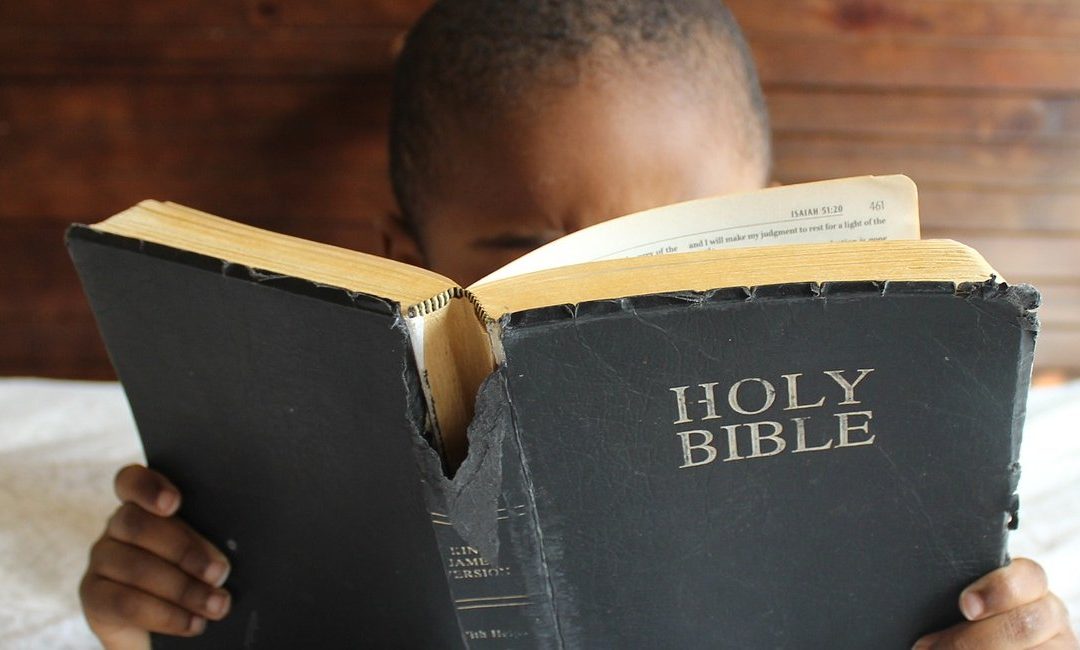
Apr 16, 2023 |
Jesus does not want us to use our busyness and exhaustion as a badge of honor. Easter reminds us that he is the one who saves and in return asks us to love God and to love people. As we do that work, let us make sure that the love and care we give includes loving ourselves.

Sep 11, 2016 |
Many churches have a practice of giving a Bible to a child or to a family. The most common occasion is the beginning of the school year when a child is entering second or third grade. This recognizes their growing ability to read and comprehend stories. Then often a second Bible is given to a teenager at either the beginning or completion of confirmation. Less common is the giving of a Bible storybook appropriate for very young children, which some congregations give at birth/adoption or at baptism or dedication. Sometimes these important practices need some reconsideration and updating. Here are some suggestions to consider as you review the tradition of your congregation.

Sep 4, 2016 |
When we inherit things it not only means the fine china, it also means the expired #10 cans of green beans. What we inherit can be a case of the good, the bad, and the ugly…or a case of the good, the not so good, and the fabulous. It takes some care and planning to re-shape or polish a valued ritual. In my most recent call I inherited a fourth grade Catechism Class. Here are the steps I took in approaching this ritual.
Step 1: Treading Lightly
When I am new at a church, I try to be open to the history and practices of that congregation. During introductions, casual conversations often lead to the sharing of personal opinions. “Let me introduce myself. I’m Anne and I have been a Sunday School teacher for 16 years. I have taught children to youth, but don’t ever ask me to teach that Seniors Class [insert eye roll here].”

Aug 24, 2016 |
Adolescence, at least US/North American adolescence, can be seen as a seven-year span of age (12–18 years) or grades (6th–12th grades). Over these seven years, numerous adolescent status changes occur: puberty, educational structure, licensing, sexual attraction, dating, working, future forecasting (post high school plans, such as college, vo-tech, travel), and voting.
As youth ministry has taken the great step to shrink the distance between the young person and their faith formation (meaning faith isn’t just about a Sunday schedule), there is significant meaning and impact in connecting youth ministry to to the rites of adolescence or the Rites of Passage.







